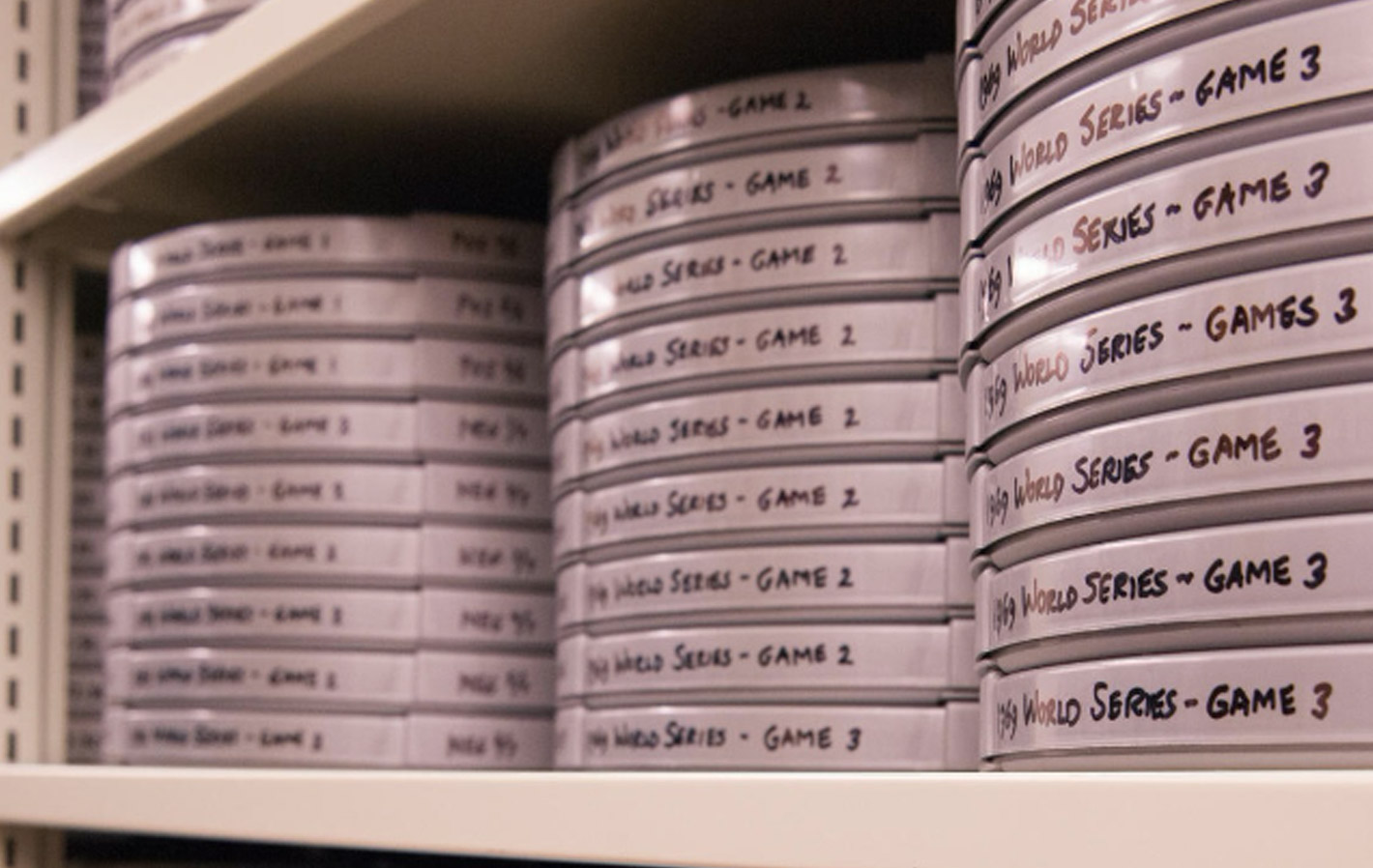Cloud-enabled technologies regularly disrupt the status quo in the entertainment industry. They force broadcasters to rethink their content storage infrastructure and question current archiving strategies. But what happens when disruption comes from a global pandemic, and it triggers a shutdown of all live sporting events, and no new content is produced, for the unforeseeable future?
There’s no doubt COVID-19 has had a significant impact on the sports industry. At the very least, it’s not only exposed the urgency to acquire fast, seamless access to all media assets – no matter where and how these assets are stored, but the current limitations of traditional archival and storage practices.
In July 2020, SVG held a virtual conference focusing on sports content management. One of the streams sports technology leaders discussed was the latest trends and best practice thinking behind managing tape migrations and how to stop the never-ending cycle of the dreaded tape refresh. The following is a summary of the key points raised in the discussions.
The Alternative to Live Sports Entertainment
While the discussions centered on best practices for archiving and storing data, the general problem was apparent: sports content managers require fast and seamless access to their archival content to operate in current conditions. A lack of preparation and organizational readiness could be detrimental to broadcasters’ ability to service their audiences and stakeholders. Archives of the past are viewed with a fresh set of thinking, and along with that comes new opportunities. Access to archival assets using modern technologies is no longer a nice-to-have; they’ve become valuable sources of unique and ‘new’ content to increase audience engagement.
A Change in Behavior
With the need to adapt business models to never before imagined circumstances, the sports broadcast industry mindset and technological capabilities rapidly evolved over the early months of COVID-19. Content managers and IT departments responsible for managing and protecting archival content are becoming quickly aware of emerging situations. They will need to be actively vigilant and have greater insight into business needs and consumer opportunities and how their archival assets can play a greater role.
The new approaches developed during the COVID-19 pandemic are not a stop-gap measure; they represent a step-change in sports broadcasting. The questions we’re asking today are: ‘how can we be better prepared, responsive, and resilient? What enables us to operate at our potential, and what systems, processes, and infrastructure slows us down?’.
The Evergreen Migration Solution to the Perpetual Tape Refresh
Content managers are on a perpetual tape media refresh cycle, driven by the need to retain access to their archival and backup content. This refresh cycle includes the purchase of expensive tape hardware as tape formats change and migrating content from the previous version of media to the new cartridge version. While tape systems have been the standard approach for decades, the dependence on physical tapes and hardware has shown its significant limitations during the pandemic. Organizations are looking to shift to a modern and responsive infrastructure to enhance workflows to increase productivity while finding new opportunities to create value.
A cloud-based environment featuring evergreen storage is fast becoming the preferred modern alternative for archives and storage. It offers immense value in the short and long-term as it saves significant time and resources, and it gets broadcasters off the tape migration rollercoaster. Critically, cloud-based storage ensures sports broadcasters position their content for additional value adds opportunities such as the application of artificial intelligence (AI) or machine learning (ML).
Future Focused
COVID-19 has brought a seismic shift in how the industry looks and thinks about their archive and storage capability. Adopting cloud-based technology has received a rapid acceleration, and the technology has undoubtedly delivered, as is evident behind many of the sports broadcast success stories in 2020.
A cloud-based approach brings a significant increase to business resilience with reduced emphasis on studio-based production and eliminating ‘sneakernet’ to retrieve backup tapes when critical content is required. The scalability of the cloud-based output and distribution also allows broadcasters to be more agile with their infrastructure spending while ensuring the data is positioned for tomorrow’s machine learning tools and greater audience engagement.
Tape Ark is committed to doing data justice.
Get in touch to find out how we can identify, preserve, and migrate your archives to maximize its value for today, tomorrow, and beyond.
Sports networks adapt to the pandemic with the rerun of older games and use legacy content to create engaging new content for the network and social media distribution.
Photo: Baseball Hall of Fame / https://baseballhall.org/about-the-hall/477






